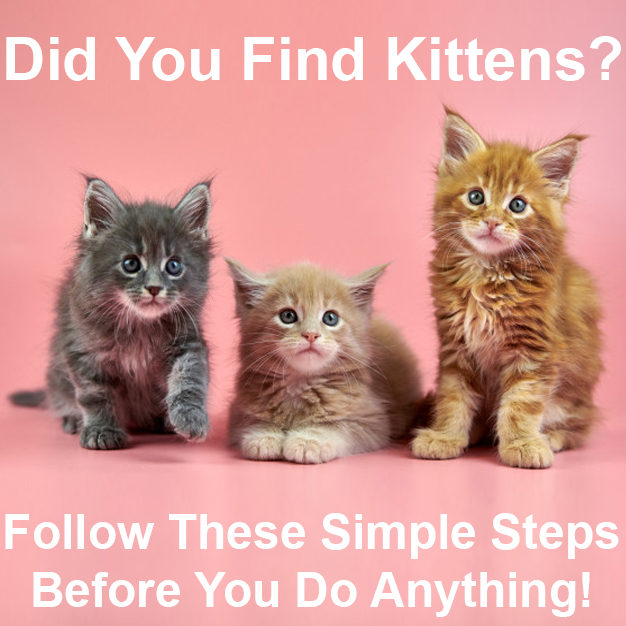Why does your cat stare at you?
Submission Guidelines Thank you for your interest in writing for Animal Wellness. As the #1 natural health magazine for pets in North America, we take pride in providing our readers with the information they need to make wise health care choices for their animal companions. Our publication embraces the entire holistic spectrum, from physical health issues to the emotional and spiritual well being of our animals. We welcome unsolicited articles and story outlines as long as they focus on holistic healing, whether physical, emotional or...
Six Signs You’ve Found The Best Pet Sitter
As much as you want your pet to join you for all of your adventures, it’s not always possible. This is why it’s important to have a trusted pet sitter who can care for your pets while you’re away. For first-time pet parents, this process can feel daunting – how do you find the best pet sitter for your furry family member? To help you out, we’ve put together a list of things you should look for when interviewing potential sitters. They’re happy to provide client references Professional pet sitters will...
Top basic supplements for dogs and cats
The market is awash in pet supplements, so if you’re having a hard time figuring out what your dog or cat really needs, it’s not surprising. Here’s an overview of the top basic supplements every dog or cat should have. The foundation of any health care program for dogs and cats, regardless of age and breed, is a healthy diet, well-chosen and appropriate supplements, minimal vaccines and medications, and veterinary check-ups. Regular testing can help diagnose disease in its early stages, and allow for any tweaking of diet and...
Brachycephalic Cats: what you need to know
Brachycephalic cats, such as Persians and Himalayans, have flat faces that predispose them to certain health issues. In dogs, brachycephaly is a well-known and well-studied condition. Bulldogs, pugs, Boston terriers and Shih Tzus are just a few of the “short-nosed” flat-faced dogs that suffer from respiratory problems, bulging eyes, and overheating due to shortened nasal passages. While much is known about this disorder in canines, our feline friends are often overlooked even though they can also suffer from this condition. What...
Ask Dr. Aziza: Dealing With Stress in Pets
There are numerous reasons why your pet could be feeling stressed. Changes in their routine, their environment, a new addition to the home, or even something as innocuous as a new piece of furniture can increase your pet’s stress level. We’ve asked our Freshpet vet, Dr. Aziza, to give some insight into signs that your cat or dog is dealing with stress, as well as what you can do to reduce it. What are the top signs of stress in dogs? When dogs are stressed, there are a number of ways that they display it. Some of the top signs...
Household Cats are Smart Enough to Remember the Names and Faces of their Human and Feline Friends
You would be surprised to discover that your cat recognizes not just your face, but also remembers your name! A new study that was published in the journal Scientific Reports reveals these facts after conducting research on cats who have human owners and feline friends. Photo: YouTube/FunnyClix “We examined whether cats matched familiar cats’ names and faces… and human family members’ names and faces…” said the authors. “Cats were presented with a photo of the familiar cat’s face on a laptop...
Probiotics and prebiotics – why they’re so important for your dog or cat
A balanced microbiome has a positive impact on your dog or cat’s health that goes well beyond digestive function. Probiotics and prebiotics can help achieve and maintain that balance. The more we learn about the gut microbiome, the more we realize how vital it is to the health and well-being of our dogs and cats (and ourselves!). A balanced microbiome not only helps ensure a properly-functioning digestive tract, but is also connected to good immunity, skin and coat wellness, and even brain and cognitive health. A dietsupplemented with...
Want Your Pet to be a Social Media Star? One in Every Four Owners Dream of It
Some do it for love, some do it for money. We are talking about making social media stars out of our pets. It is like show business, doing all the tricks to attract the spotlight on our dogs, cats, and whatever animal you have chosen to care for. Photo: YouTube/Good Morning America Actually, many of us simply like leading private lives with our pets. Occasionally, we show them off to friends or on social media. But we are happier without all the problems and stress of constantly dolling up our pets for photoshoots. Other people find their joy...
Hairball Problem with Your Cat? Here are Some Easy Solutions
Some cats are prone to hairball, or vomiting with hair strands. These hair strands may come from excessive grooming due to anxiety, stress, skin discomfort, or illness. Photo: YouTube/AnimalWised Vomiting with hair strands may be a mild case, if your cat could easily cough out the fur that got stuck in its intestines. But, when your cat is experiencing extreme difficulty or pain, it is a serious matter that needs professional help. What can you do to help treat hairball, or even prevent it? Here are the steps you can take to make life more...
Top Veterinarian Social Media Accounts to Follow
There’s no shortage of adorable animal content on the internet, but did you know that there are vet social media accounts that pair these adorable animals with educational content? We’ve rounded up seven of our favorite vet social media accounts that we think all pet parents should follow. Whether you’re interested in household pets or wild animals, there’s an account on this list you’ll love. @azizaglass Dr. Aziza Glass, our very own Freshpet vet, uses her Instagram to show snippets of her life as a...

























